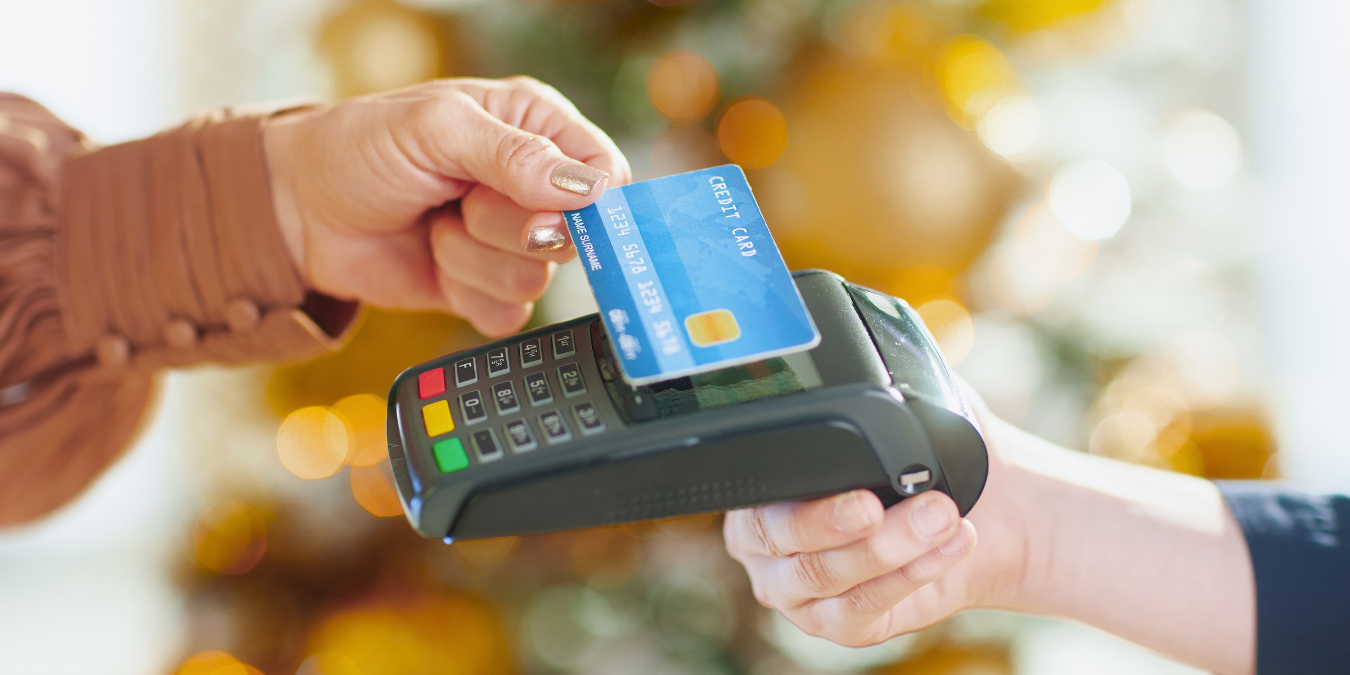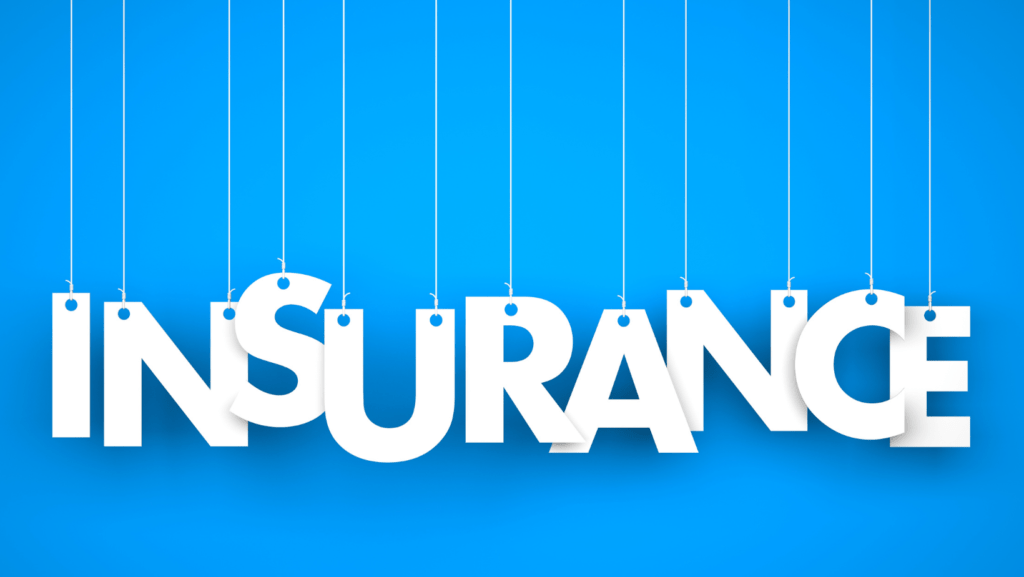
“Is POMIS a better investment than FDs despite lower returns? Explore Post Office Monthly Income Scheme (POMIS) vs. bank FDs, interest rates (2024), tax benefits, safety, and monthly payouts. Discover if POMIS suits retirees & risk-averse investors. Get expert insights on secure fixed-income options in India.”
When it comes to planning your finances in India, choosing the right investment option can feel overwhelming. With a variety of choices like fixed deposits (FDs), mutual funds, and government-backed savings schemes, investors often seek a balance between safety, returns, and liquidity. Among these, the Post Office Monthly Income Scheme (POMIS) stands out as a popular option for those prioritizing regular income and capital safety. However, with its current interest rate of 7.4% per annum, it often falls short of the returns offered by bank FDs and other fixed-income instruments, which can go as high as 8.5%–9% p.a. for certain tenures. So, is investing in POMIS still a good financial decision, even though its returns are lower than fixed deposit rates and the average bank FD rate? Let’s dive into a detailed analysis to help you decide.
What is the Post Office Monthly Income Scheme (POMIS)?
The Post Office Monthly Income Scheme is a government-backed investment option offered by India Post under the supervision of the Ministry of Finance. It’s designed to provide a steady monthly income to investors, making it especially appealing to retirees, senior citizens, and risk-averse individuals. Here’s a quick overview of its key features:
- Interest Rate: 7.4% p.a. (payable monthly).
- Tenure: 5 years (lock-in period).
- Investment Limits: Minimum ₹1,000; maximum ₹9 lakh for a single account and ₹15 lakh for a joint account.
- Payout: Interest is paid monthly, ensuring a regular income stream.
- Safety: Backed by the Government of India, offering 100% capital protection.
- Taxation: Interest earned is taxable, and no tax benefits are available under Section 80C.
POMIS is part of a broader suite of Post Office Savings Schemes, including the Post Office Time Deposit, Public Provident Fund (PPF), and Senior Citizens Savings Scheme (SCSS). Its simplicity and reliability have made it a go-to choice for conservative investors across urban and rural India.
Fixed Deposits (FDs): A Quick Comparison
Fixed deposits, offered by banks and Non-Banking Financial Companies (NBFCs), are another popular fixed-income investment. They come with varying tenures, interest rates, and payout options. Here’s how FDs stack up:
- Interest Rates:
- Bank FDs: Range from 6.5% to 8.5% p.a., with top banks like SBI offering 7%–7.5% and private banks like HDFC or ICICI offering up to 8% for 3–5-year tenures.
- NBFC FDs: Can go as high as 8.85%–9% p.a. (e.g., Bajaj Finance FD offers up to 8.85% for 36–60 months).
- Post Office Time Deposit: 7.5% p.a. for a 5-year tenure.
- Tenure: Flexible, ranging from 7 days to 10 years.
- Payout Options: Monthly, quarterly, or at maturity.
- Safety: Bank FDs are insured up to ₹5 lakh by the Deposit Insurance and Credit Guarantee Corporation (DICGC); NBFC FDs carry slightly higher risk but are often rated for safety (e.g., AAA-rated FDs).
- Taxation: Interest is taxable; 5-year bank FDs qualify for Section 80C deductions up to ₹1.5 lakh.
On paper, FDs—especially from private banks and NBFCs—offer higher returns than POMIS. For example, an FD yielding 8.5% p.a. will generate significantly more income over 5 years compared to POMIS’s 7.4%. So why would anyone still consider POMIS? Let’s explore the pros, cons, and deciding factors.
POMIS vs. Fixed Deposits: A Head-to-Head Comparison
1. Returns
- POMIS: At 7.4% p.a., an investment of ₹9 lakh (maximum for a single account) yields a monthly payout of ₹5,550 for 5 years, with the principal returned at maturity.
- Bank FD: At 8% p.a., the same ₹9 lakh in a 5-year FD with monthly interest payout generates approximately ₹6,000 per month—a difference of ₹450 monthly or ₹27,000 over 5 years.
- NBFC FD: At 8.85% p.a., the monthly payout rises to ₹6,637, widening the gap further.
Verdict: FDs clearly outpace POMIS in terms of returns, especially for those willing to explore NBFC options or longer tenures with private banks.
2. Safety
- POMIS: Fully guaranteed by the Government of India, making it one of the safest investment options with zero risk of default.
- Bank FD: Insured up to ₹5 lakh per depositor per bank, offering high safety for smaller investments. Larger amounts carry a slight risk in case of bank failure (though rare).
- NBFC FD: Depends on the credit rating (e.g., AAA-rated FDs from Bajaj Finance or Mahindra Finance are safer than unrated ones). Still, they’re riskier than POMIS or bank FDs.
Verdict: POMIS wins for absolute safety, making it ideal for risk-averse investors.
3. Liquidity
- POMIS: Premature withdrawal is allowed after 1 year with penalties (2% deduction if withdrawn between 1–3 years; 1% between 3–5 years). No loan facility is available.
- FDs: Most banks and NBFCs allow premature withdrawal with a penalty (typically 0.5%–1% lower interest rate). Loans against FDs are widely available, offering up to 90% of the deposit value.
Verdict: FDs offer better liquidity and flexibility, especially if you need funds in an emergency.
4. Regular Income
- POMIS: Designed for monthly payouts, making it hassle-free for those seeking a steady income stream without reinvestment.
- FDs: Monthly payout options are available, but many FDs default to quarterly or maturity payouts unless specified.
Verdict: POMIS has an edge for those who prioritize guaranteed monthly income without extra effort.
5. Taxation
- POMIS: Interest is fully taxable as per your income slab, with no Section 80C benefits.
- FDs: Interest is taxable, but 5-year bank FDs and Post Office Time Deposits qualify for Section 80C deductions up to ₹1.5 lakh. TDS applies if interest exceeds ₹40,000 annually (₹50,000 for senior citizens).
Verdict: FDs provide a tax advantage for long-term investors, while POMIS offers no tax relief.
Why Choose POMIS Despite Lower Returns?
While FDs seem to have the upper hand, POMIS has unique advantages that might make it a better fit for certain investors. Here’s why:
1. Guaranteed Monthly Income
For retirees or individuals relying on a fixed monthly income to cover expenses, POMIS delivers predictability. The interest is credited directly to your savings account every month, eliminating the need to manage reinvestments or withdrawals—a feature not all FDs guarantee seamlessly.
2. Unmatched Safety
In an uncertain economic climate, the sovereign backing of POMIS ensures your capital is 100% secure. Bank failures (e.g., Yes Bank in 2020) and NBFC defaults (e.g., IL&FS in 2018) have made investors cautious, pushing them toward government-backed options.
3. Accessibility
With over 1.5 lakh post offices across India, POMIS is widely accessible, especially in rural areas where banking penetration is lower. Opening an account is straightforward, requiring minimal documentation (Aadhaar, PAN, and a savings account).
4. No Market Risk
Unlike mutual funds or stocks, POMIS is immune to market fluctuations, offering peace of mind for conservative investors who can’t afford to lose their principal.
When Should You Opt for Fixed Deposits Instead?
FDs are a better choice if:
- You’re chasing higher returns and are comfortable with slightly higher risk (e.g., NBFC FDs).
- You need flexibility in tenure or payout options (monthly, quarterly, or at maturity).
- You want to leverage tax benefits under Section 80C with a 5-year FD.
- You’re investing a large sum and need a loan facility against your deposit.
For example, a senior citizen investing ₹15 lakh in an NBFC FD at 8.85% p.a. could earn ₹11,062 monthly—nearly double POMIS’s payout for the same amount in a joint account.
Latest Data: Interest Rate Trends
Interest rates reflect the Reserve Bank of India’s (RBI) efforts to balance inflation and growth. Here’s a snapshot:
- POMIS: Steady at 7.4% p.a. since Q4 2024, revised quarterly by the Finance Ministry.
- Bank FDs: SBI offers 7% for 5 years; private banks like Axis Bank offer 7.75%–8%; small finance banks like Ujjivan hit 8.5%.
- NBFC FDs: Bajaj Finance leads with 8.85% for 3–5 years, with senior citizens getting an additional 0.25%–0.40%.
- Post Office Time Deposit: 7.5% p.a. for 5 years, slightly higher than POMIS but without monthly payouts.
With inflation hovering around 5%–6% (per RBI estimates), POMIS’s real return (after inflation) is 1.4%–2.4%, while high-yield FDs offer 2.5%–4%. This gap highlights the trade-off between safety and growth.
Who Should Invest in POMIS?
POMIS is ideal for:
- Retirees: Seeking a dependable monthly income to supplement pensions.
- Risk-Averse Investors: Prioritizing capital safety over higher returns.
- Rural Investors: With limited access to banking or digital investment platforms.
- Small-Scale Savers: Starting with as little as ₹1,000 for a steady income stream.
Conversely, younger investors or those with a higher risk appetite might find FDs, mutual funds, or equity-linked options more rewarding.
Practical Example: POMIS vs. FD
Let’s compare ₹5 lakh invested in POMIS vs. an FD:
- POMIS (7.4% p.a.): Monthly payout = ₹3,083; Total interest over 5 years = ₹1,85,000.
- Bank FD (8% p.a.): Monthly payout = ₹3,333; Total interest = ₹2,00,000.
- NBFC FD (8.85% p.a.): Monthly payout = ₹3,687; Total interest = ₹2,21,250.
After tax (assuming a 20% slab):
- POMIS: Net interest = ₹1,48,000.
- Bank FD: Net interest = ₹1,60,000.
- NBFC FD: Net interest = ₹1,77,000.
The difference grows with larger investments, but POMIS’s safety remains unmatched.
Tips to Maximize Returns with POMIS
- Pair with Other Schemes: Use POMIS for monthly income and invest in PPF or SCSS for long-term growth.
- Reinvest Interest: Deposit monthly payouts into a recurring deposit (RD) at 6.7% p.a. to compound returns.
- Joint Account: Maximize the ₹15 lakh limit with a spouse or family member for higher payouts.
Is POMIS Worth It ?
Investing in the Post Office Monthly Income Scheme is a good financial decision if safety, simplicity, and regular income are your top priorities. While its 7.4% p.a. return lags behind bank FDs (7%–8.5%) and NBFC FDs (up to 9%), the government guarantee and monthly payout structure make it a compelling choice for conservative investors. However, if you’re willing to take calculated risks for higher returns or need tax benefits, FDs—especially from reputed NBFCs or 5-year bank FDs—might serve you better.
Ultimately, the “best” option depends on your financial goals, risk tolerance, and income needs. For a balanced portfolio, consider blending POMIS with higher-yield instruments to enjoy both stability and growth. What’s your take—safety-first with POMIS or growth-driven with FDs? Share your thoughts below!
-

High-Value Credit Card Payments: The Silent Trigger for Section 148 Notices
-

RBI Replaces Flat-Rate Deposit Insurance with Risk-Based System
-

Big Spender Alert Who Skip Tax Filing: Income Tax’s Hidden System Recovers ₹37K Cr Already
-

Indian Stock Market Trends: Sensex, Nifty Steady Amid Global Cues – Key Insights for December 19, 2025




























